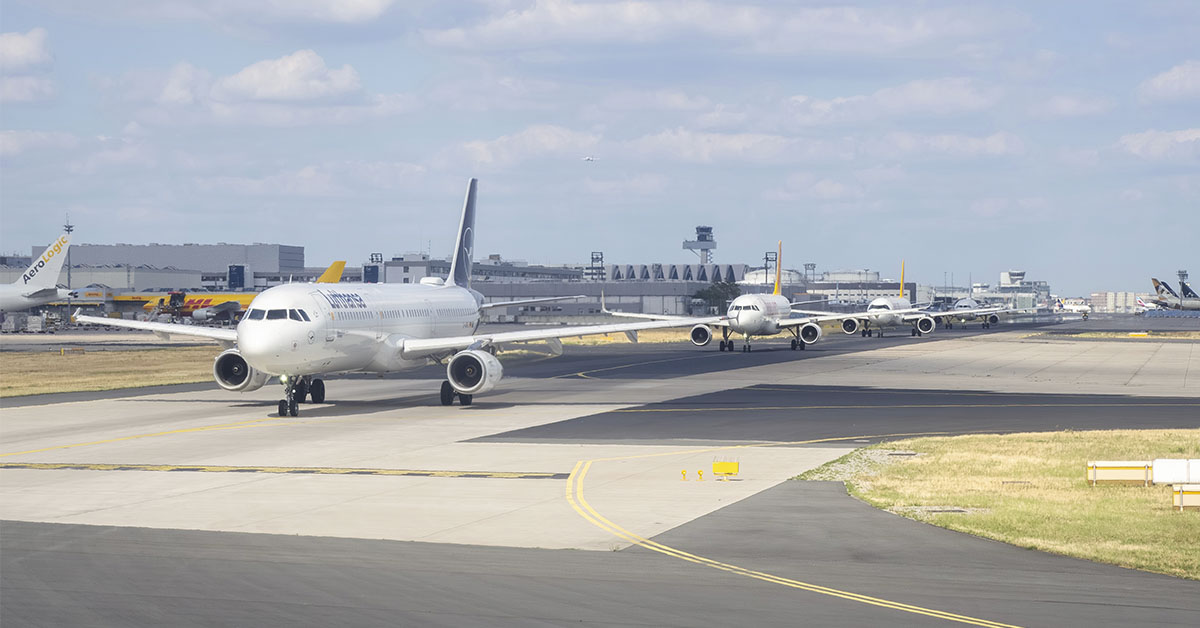A second major U.S. airport has experienced a FAA Communication Failure, this time at Denver International Airport. The outage, which left pilots unable to contact air traffic controllers for up to six minutes, highlights growing concerns over outdated air traffic control systems. This article delves into the details of the incident, its implications for aviation safety, and the urgent need for modernization.
Outage Strikes at a Critical Time
The communications failure occurred at approximately 2:00 p.m. on Monday, leaving between 15 and 20 aircraft unable to communicate with Denver’s air traffic control. Pilots descending into one of the busiest airports in the country faced a tense situation as radio transmitters went offline. Despite the Federal Aviation Administration (FAA) claiming the outage lasted only 90 seconds, sources indicated that the loss of contact extended for several minutes.
Emergency Protocols Avert Disaster For FAA Communication Failure

During the outage, controllers used a ‘guard line,‘ an emergency communication channel typically reserved for distressed pilots, to relay instructions. This workaround allowed one pilot to guide others to switch to a functional frequency. While effective, the reliance on this emergency measure underscores vulnerabilities in the system.
A System Under Strain
Denver’s communications blackout was compounded by existing issues. Four frequencies at the Denver Air Route Traffic Control Center, located in Longmont, were already out of service. The failure of the backup fifth frequency pushed the system to the brink, with air traffic controllers scrambling to manage operations. This incident raises pressing questions about the resilience of critical infrastructure.
Expert Warnings and Systemic Challenges

Retired air traffic controller David Riley voiced concerns about the increasing frequency of FAA Communication Failures. “It’s one thing to lose track of one airplane because you can’t communicate with them, but to lose track of all of the airplanes that you had communication with,” he said. “And from my understanding, in this situation, they still had radar coverage, but that’s like watching a car crash happen and not be able to do anything about it.”
Read More: Woman Forced to Have Leg Amputated After Travelator Accident at Airport
FAA’s Response to the Incident
The FAA confirmed the Denver incident and assured that safety was maintained. However, the statement did little to alleviate broader concerns. Investigations into the root cause are underway, but the agency’s inability to modernize equipment due to funding limitations remains a glaring issue.
A Pattern of Failures
The Denver blackout follows two recent communication outages at Newark International Airport in New Jersey. In one instance, air traffic controllers lost radar coverage, leading to significant flight disruptions. Such repeated failures are heightening fears among both passengers and industry professionals about the safety and reliability of air traffic control systems.
Calls for System Overhaul

Aviation experts and stakeholders are urging a comprehensive overhaul of the U.S. air traffic control network. William McGee, a prominent aviation analyst, criticized the FAA’s outdated infrastructure, stating that the U.S. lags behind other nations in technology and staffing. Secretary of Transportation Sean P. Duffy recently announced plans to implement a new system by 2028, but the timeline has drawn skepticism.
Passenger Safety in Question
Frequent communication and radar failures are shaking public confidence in air travel safety. Incidents like the Denver blackout highlight the risks posed by aging systems and insufficient staffing. Experts warn that without swift action, these challenges could lead to more severe consequences in the future.
A Ticking Clock
The Denver communications outage serves as a wake-up call for the aviation industry. With systemic failures becoming alarmingly common, the need for modernization is urgent. As the FAA moves forward with its plans, it must prioritize both funding and implementation to ensure the safety and efficiency of U.S. air travel.
Disclaimer: This content has, in part, been generated with the aid of an artificial intelligence language model. While we strive for accuracy and quality, please note that the information provided may not be entirely error-free or up-to-date. We recommend independently verifying the content and consulting with professionals for specific advice or information. We do not assume any responsibility or liability for the use or interpretation of this content.
Read More: Airports Forced To Upgrade X-Ray Machines and People Are Shocked At What They Can See

